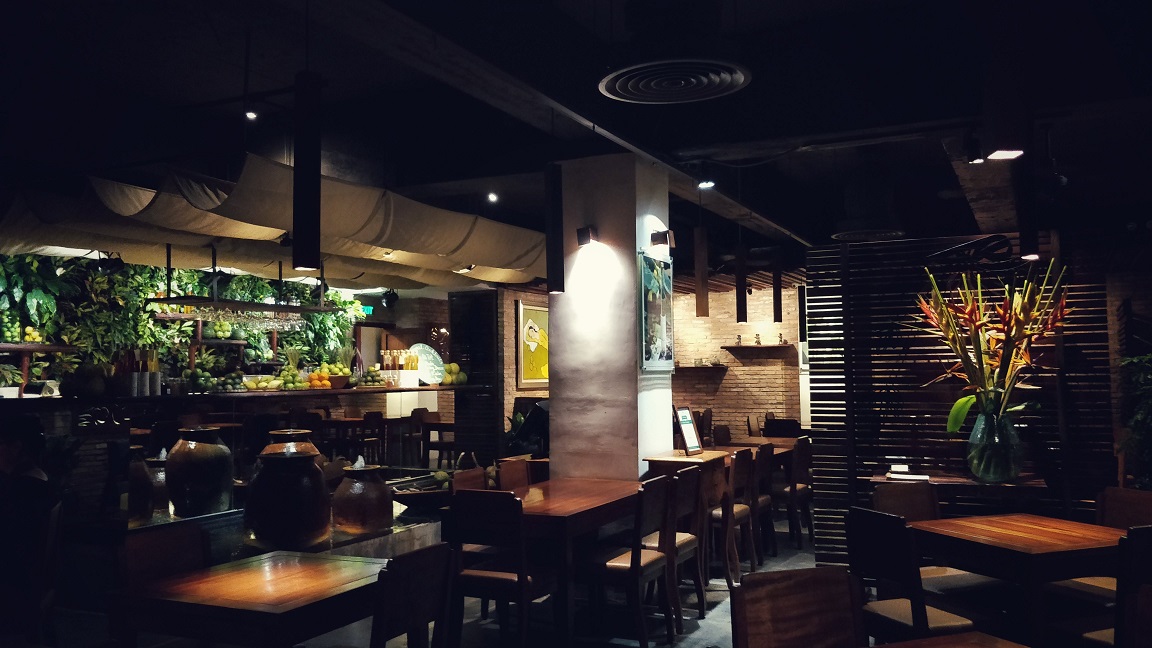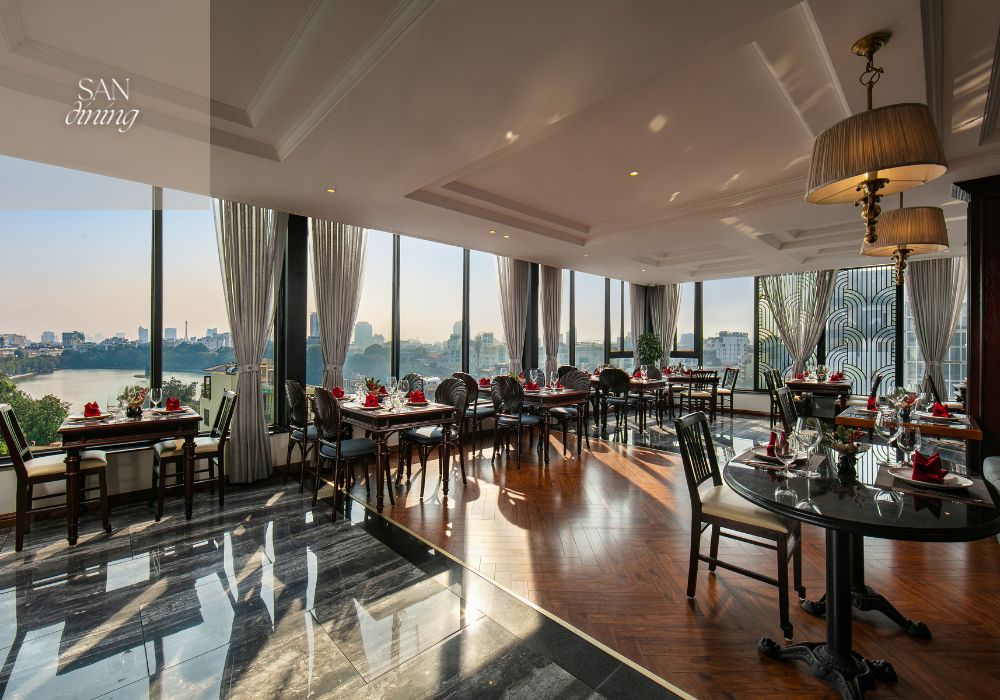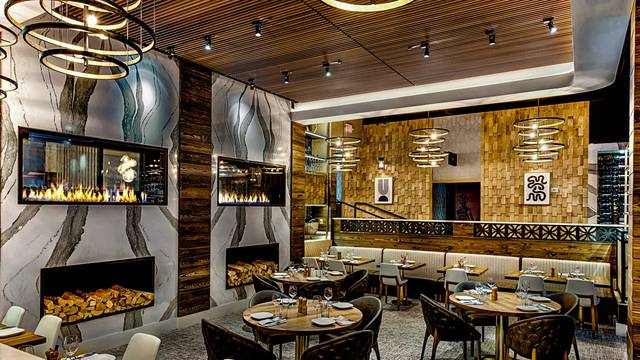Savor Authentic Oriental Food With a Pan-Asian Twist for a Cooking Journey
Starting a cooking journey via authentic Oriental food, enhanced with a Pan-Asian spin, uses an unique possibility to check out the rich tapestry of tastes that define the region's varied cooking traditions. This experience welcomes you to enjoy the elegant equilibrium of preferences-- sweet, salted, spicy, and sour-- integrated by fragrant natural herbs and seasonings. Picture the cutting-edge blend of Thai curry and ramen or the unanticipated pleasure of sushi burritos. As you ponder these enticing meals, take into consideration the social stories and historic influences that form them, each bite offering a story waiting to be found.

Discovering Pan-Asian Flavors
In the world of international gastronomy, Pan-Asian food stands out for its amazing variety and the harmonious interaction of tastes from various Asian societies. This culinary strategy commemorates the special active ingredients and rich customs discovered across the continent, developing a tapestry of preferences that is both enjoyable and interesting. Secret to Pan-Asian food is its ability to stabilize different flavors-- sweet, salty, spicy, and sour-- while highlighting the quality and high quality of each component.
From the umami-rich soy sauce of Japan to the fiery chili peppers of Thailand, Pan-Asian cuisine uses a comprehensive scheme of flavors. These aspects are usually incorporated in inventive ways, enhancing recipes with layers of intricacy. For circumstances, making use of great smelling natural herbs such as lemongrass and cilantro, common in Vietnamese and Thai food, includes a refreshing brightness to recipes, while the incorporation of coconut milk delivers a velvety, abundant texture.
The focus on fresh produce and fragrant seasonings makes sure that each dish is not only a feast for the palate but likewise for the detects. Pan-Asian cuisine invites restaurants to embark on a cooking trip, exploring the large and differed landscapes of Eastern gastronomy with every bite.
Combination Meals to Attempt
While Pan-Asian cuisine is celebrated for its traditional flavors, the modern-day cooking landscape is significantly embracing blend dishes that mix these classic aspects with influences from other areas. This cutting-edge technique not only honors the abundant heritage of Asian cooking arts but additionally introduces unique taste experiences that appeal to contemporary tastes.
An archetype of such a blend meal is the Korean-Mexican taco, where seasoned bulgogi beef is wrapped in a cozy tortilla, topped with kimchi and a spicy gochujang-infused salsa. This mix marries the bold, tasty tastes of Korea with the vivid, fresh elements of Mexican cuisine. In a similar way, sushi burritos have actually gained appeal, integrating the delicate virtuosity of Japanese sushi with the hearty, hand-held convenience of a burrito, often including fusion active ingredients like tempura shrimp and avocado with a drizzle of wasabi mayo.
An additional noteworthy recipe is Thai curry ramen, which instills the luscious, aromatic seasonings of Thai curry into the reassuring brew of conventional Japanese ramen, developing a harmonious blend that tantalizes the detects. These blend recipes prolong beyond simple novelty; they represent a cooking discussion between cultures, motivating exploration and technology on the planet of Pan-Asian food.
Essential Components and Seasonings
To absolutely appreciate Pan-Asian food, one need to comprehend the essential ingredients and seasonings that develop its structure. This varied cooking design attracts from a rich tapestry of Oriental customs, utilizing a harmonious mix of appearances and tastes.
Fragrant components are crucial, with lemongrass, ginger, and garlic being common across different Pan-Asian recipes. These active ingredients provide a great smelling base that enhances the intricacy of flavors. Spices such as star anise, cardamom, and cinnamon introduce warmth and personality, resembling impacts from regions like China and India.

Cooking Strategies and Tips
Mastering the art of Pan-Asian food needs experience with its unique food preparation strategies, each adding to the lively tapestry of flavors this culinary custom is celebrated for. Central to these methods is the stir-fry, a rapid cooking strategy that preserves the dietary stability and brilliant shades of components. Utilizing a wok, the stir-fry approach permits even warm distribution, vital for attaining the particular texture and taste balance of Pan-Asian recipes.
An additional fundamental strategy is steaming, specifically common in Chinese food. This gentle technique preserves the all-natural flavors and nutrients of active ingredients, making it suitable for fish and shellfish and vegetables. Dumplings, a cherished staple, frequently gain from steaming, causing soft, succulent structures.
Cooking, also important, imparts smoky midsts to meals such as Oriental bulgogi or Japanese yakitori (Romantic restaurants Islamabad). This technique usually includes marinading ingredients, enabling tastes to permeate deeply before food preparation over an open fire or warmer
Last but not least, understanding the art of stabilizing flavors-- wonderful, sour, salty, bitter, and umami-- is important. Properly layering these aspects can raise a recipe from average to remarkable, providing a complex and pleasing cooking experience that personifies the significance of Pan-Asian food.
Eating Experiences Worldwide
Around the world, Pan-Asian food provides an unrivaled dining experience, celebrated for its abundant tapestry of tastes and dynamic presentations. This culinary phenomenon has actually gone beyond social borders, recording the hearts and tastes buds of food lovers worldwide. In multicultural cities like New York, London, and Sydney, Learn More Pan-Asian dining establishments act as fusions where culinary customs from Thailand, Japan, China, and past converge, supplying diners with an eclectic mix of dishes that highlight the region's variety.
The global charm of Pan-Asian food depends on its capability to provide both authenticity and development. Cooks masterfully marry typical ingredients such as lemongrass, soy sauce, and miso with contemporary techniques, resulting in recipes that are both familiar and refreshingly brand-new. This combination allows restaurants to start a Discover More Here culinary trip that values heritage while accepting modernity.
Additionally, eating experiences are raised via attentively developed environments that mirror the principles of Pan-Asian appearances. From minimal Japanese-inspired insides to vivid Thai-themed rooms, each dining establishment uses an one-of-a-kind setting that enhances the culinary offerings. As a result, clients are not just eating a dish however partaking in a social experience, making Pan-Asian eating an absolutely worldwide sensation.
Verdict
The exploration of Pan-Asian cuisine provides a profound understanding of the detailed interaction of flavors and cooking customs across Asia. By embracing fusion recipes such as Thai curry ramen and sushi burritos, the culinary journey not only highlights the adaptability of conventional components but additionally showcases ingenious modern-day strategies. This gastronomic experience, enriched by cooking methods and essential seasonings, offers a distinct opportunity to value the social diversity and cooking creativity that define Pan-Asian cuisine on a worldwide scale.
Getting started on a culinary journey via authentic Eastern cuisine, boosted with a Pan-Asian twist, offers an one-of-a-kind chance to explore the abundant tapestry of flavors that define the area's varied cooking traditions.In the world of international gastronomy, Pan-Asian cuisine stands out for its exceptional diversity and the unified interplay of tastes from various Oriental societies. Key to Pan-Asian cuisine is its ability to stabilize different flavors-- pleasant, salted, spicy, and sour-- while highlighting the freshness and high quality of each ingredient.
